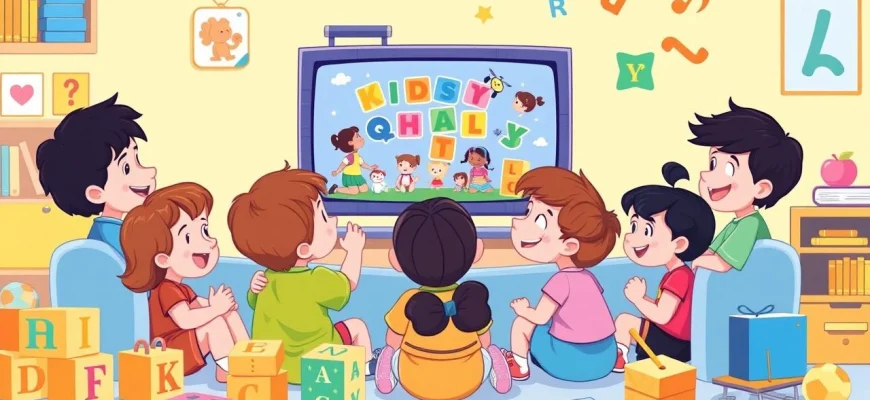If you're a fan of the beloved children's show 'Sesame Street' and its mix of education, fun, and memorable characters, you're in for a treat! This article explores 10 similar movies and TV shows that capture the same magic, combining learning with entertainment. Whether you're a parent looking for quality content for your kids or simply nostalgic for wholesome programming, these picks will delight and inspire.
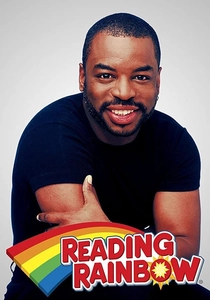
Reading Rainbow (1983)
Description: Reading Rainbow shares Sesame Street's goal of promoting literacy and a love of learning. Both shows use engaging storytelling and visual elements to make education entertaining and accessible for children.
Fact: Hosted by LeVar Burton, Reading Rainbow won over 200 awards, including 26 Emmys. The show's theme song, 'Butterfly in the Sky,' is one of the most recognizable in children's television. Reading Rainbow was one of the first PBS shows to be revived through a Kickstarter campaign in
 Watch Now
Watch Now 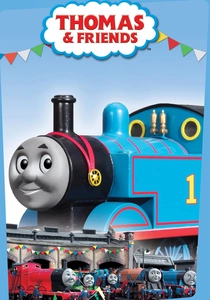
Thomas & Friends (1984)
Description: Thomas & Friends shares Sesame Street's focus on teaching moral lessons and social skills through storytelling. Both shows use anthropomorphic characters to model positive behaviors and problem-solving for young viewers.
Fact: Thomas the Tank Engine was originally created by Reverend W. Awdry as a bedtime story for his son. The show's narrator for the UK version was Ringo Starr, followed by Michael Angelis. Thomas & Friends has been broadcast in over 130 countries and translated into 50 languages.
 Watch Now
Watch Now 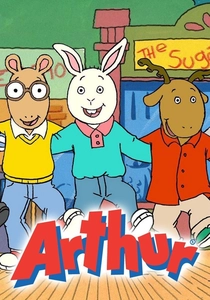
Arthur (1996)
Description: Arthur mirrors Sesame Street's commitment to teaching social and emotional lessons through relatable characters and everyday situations. Both shows address topics like friendship, diversity, and personal growth in ways that resonate with young children.
Fact: Arthur is based on a book series by Marc Brown, which began in
 Watch Now
Watch Now 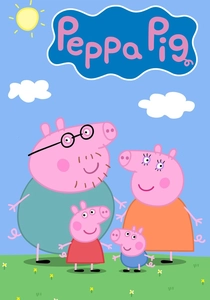
Peppa Pig (2004)
Description: Peppa Pig, like Sesame Street, uses humor and relatable family scenarios to teach preschoolers about everyday life, social interactions, and basic knowledge. Both shows feature a mix of animation and simple storytelling that appeals to young children.
Fact: Peppa Pig was created by Neville Astley and Mark Baker, who also worked on other popular children's shows. The show's simple animation style was inspired by classic British children's books. Peppa Pig has become a global phenomenon, with merchandise, theme parks, and even a YouTube channel with billions of views.
 Watch Now
Watch Now 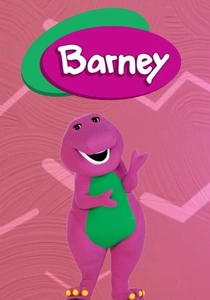
Barney & Friends (1992)
Description: Barney & Friends is similar to Sesame Street in its educational focus, targeting preschool-aged children with lessons on social skills, numbers, and letters through music and interactive play. Both shows use a mix of live-action and puppetry to engage young viewers.
Fact: Barney, the purple dinosaur, was originally created as a series of home videos before becoming a TV show. The show's famous theme song, 'I Love You,' is based on a 1948 song by Barney Parke. Barney & Friends won multiple Emmy Awards for Outstanding Children's Series.
 Watch Now
Watch Now 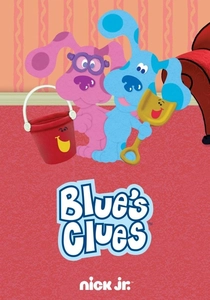
Blue's Clues (1996)
Description: Blue's Clues shares Sesame Street's interactive and educational approach, encouraging problem-solving and critical thinking in preschoolers. Both shows break the fourth wall, directly engaging with their audience to foster participation and learning.
Fact: Blue's Clues was one of the first preschool shows to use computer animation for its characters. The show's host, Steve Burns, left the series in 2002 to pursue a music career. Blue's Clues was so popular that it was broadcast in 120 countries and translated into 15 languages.
 Watch Now
Watch Now 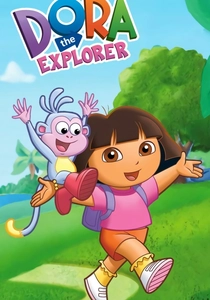
Dora the Explorer (2000)
Description: Dora the Explorer, like Sesame Street, is designed to be educational and interactive, teaching language skills, problem-solving, and cultural awareness. Both shows use repetition and direct audience engagement to reinforce learning.
Fact: Dora the Explorer was the first Nickelodeon show to feature a Latina protagonist. The show's creators based Dora on a combination of Latina and multicultural influences to appeal to a diverse audience. Dora's backpack and map became iconic symbols of the show, often referenced in pop culture.
 Watch Now
Watch Now 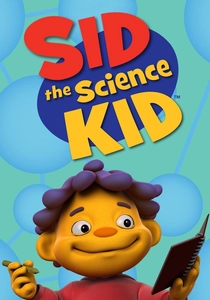
Sid the Science Kid (2008)
Description: Sid the Science Kid shares Sesame Street's commitment to making learning fun and accessible. Both shows use curiosity-driven narratives and interactive elements to teach foundational concepts in science and math.
Fact: The show uses a unique animation style called 'Digital Puppetry,' where actors' movements are captured in real-time. Sid the Science Kid was created by The Jim Henson Company, the same producers behind many Muppet shows. Each episode includes a 'Super Fab Lab' segment that demonstrates simple science experiments kids can try at home.
 Watch Now
Watch Now 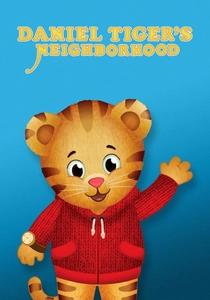
Daniel Tiger's Neighborhood (2012)
Description: Daniel Tiger's Neighborhood is a spiritual successor to Mister Rogers' Neighborhood, much like Sesame Street's educational and emotional focus. Both shows teach empathy, kindness, and practical life skills through engaging stories and songs.
Fact: The show is based on characters from Mister Rogers' Neighborhood, with Daniel Tiger being the son of the original Daniel Striped Tiger. Each episode includes a catchy musical strategy to help children remember the lesson. Daniel Tiger's Neighborhood has been praised for its gentle approach to teaching emotional intelligence.
 Watch Now
Watch Now 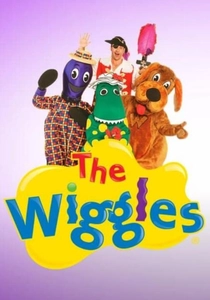
The Wiggles (1998)
Description: The Wiggles, like Sesame Street, combines music, dance, and education to engage young audiences. Both shows emphasize active participation, catchy songs, and colorful visuals to teach basic concepts and encourage physical activity.
Fact: The Wiggles started as a band of childhood educators before becoming a children's entertainment group. Their song 'Fruit Salad' became an international hit and is one of their most famous tracks. The original lineup of The Wiggles was inducted into the ARIA Hall of Fame in
 Watch Now
Watch Now 
